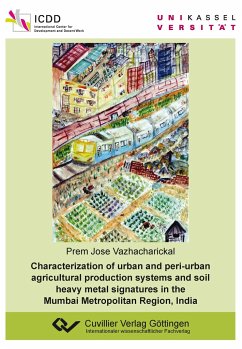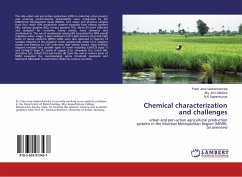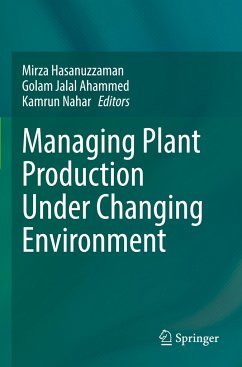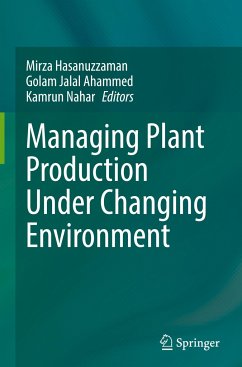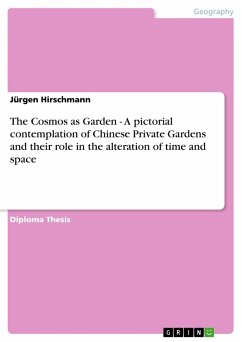
Health aspects and food safety in urban and peri-urban agricultural production in India. Farms and railway gardens across the Mumbai Metropolitan Region

PAYBACK Punkte
0 °P sammeln!
Scientific Study from the year 2016 in the subject Agrarian Studies, Mar Augusthinose College (Mar Augusthinose College), course: Biotechnology, language: English, abstract: Urban and peri-urban agriculture (UPA) provide a significant role in ensuring urban food security, income generation and livelihood strategies and supports Millennium Development Goals (MDGs). Quantitative data about the phytoavailability and food chain transfer of heavy metals in Mumbai Metropolitan Region (MMR) is scarce.This study was conducted to characterize the elemental and heavy metal transfer among major UPA produ...
Scientific Study from the year 2016 in the subject Agrarian Studies, Mar Augusthinose College (Mar Augusthinose College), course: Biotechnology, language: English, abstract: Urban and peri-urban agriculture (UPA) provide a significant role in ensuring urban food security, income generation and livelihood strategies and supports Millennium Development Goals (MDGs). Quantitative data about the phytoavailability and food chain transfer of heavy metals in Mumbai Metropolitan Region (MMR) is scarce.This study was conducted to characterize the elemental and heavy metal transfer among major UPA production systems (farms and railway gardens), in MMR eliciting the soil to root translocation as well as its localization in produce. It comprises a detailed two year onsite examination of three farms (F1-3) and three railway gardens (RG1-3) across MMR. Potential risk assessments were conducted by metal transfer factor (MTF), metal translocation (TF), daily intake of metals (DIM), health risk index (HRI), average daily dose (ADD) and target hazard quotient (THQ) as well as total metal and element content in comparison with different safety standards.Copper concentration in soils ranged from 29.7 - 545.1 mg kg-1, with highest and lowest concentrations observed at RG3 and RG2 respectively. The shoots of white radish accumulated Sr concentrations up to 424.1 mg kg-1 at RG2. Strontium had a TF up to 32.25 in comparison with Co, Cu, Zn, Ni and Cr with a maximum of 5.93, 5.32, 3.41, 1.71 and 1.47 respectively. Average daily dose of Zn was between 1.3 × 10-1 and 3.6 × 10-1 mg kg-1 d-1 while Ni had a daily dose of between 4.6 × 10-2 and 7.4 × 10-2 mg kg-1 d-1. The estimated values of ADD were below the world standard levels except for Zn and Ni, there is a relative absence of health risk imposed by the ingestion of these vegetables produced in UPA systems in MMR.




